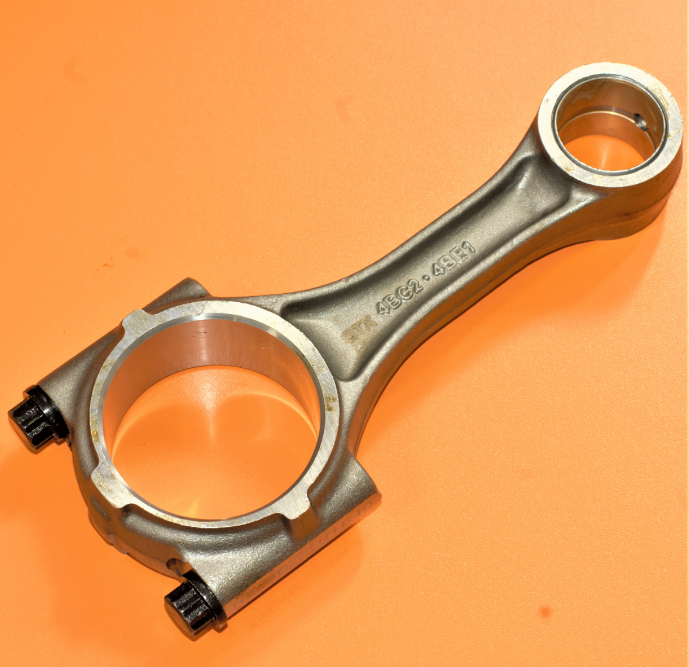To ensure optimal performance and longevity of an engine, it’s essential to know how to check for a bent connecting rod. This article will guide you through the process and significance of examining these crucial engine components for possible bending.
The Importance of Identifying a Bent Connecting Rod
Connecting rods play a vital role in the engine’s function by transferring force from the piston to the crankshaft. If a connecting rod is bent, it can disrupt the engine’s timing and balance, leading to decreased performance and potential engine damage. Therefore, knowing how to check for a bent connecting rod can prevent costly repairs and prolong the life of your engine.
Tools You Will Need to Check for a Bent Connecting Rod
The primary tools for checking the straightness of a connecting rod include a flat surface plate, used as a reference point, and a dial bore gauge, which provides a precise measurement of the rod’s straightness.

Step-by-Step Guide to Checking for a Bent Connecting Rod
- Cleaning the Connecting Rod: Start by cleaning the connecting rod to ensure accurate measurements free of oil, dirt, or other contaminants.
- Preparation: Set up the dial bore gauge following the manufacturer’s instructions and place the connecting rod on the surface plate.
- Measurement: Insert the dial bore gauge into the big end bore of the connecting rod. Rotate the rod slowly and observe the dial. Any notable movement indicates a bend in the rod.
- Assessment: Compare your measurements with the manufacturer’s specifications to determine if the rod is within acceptable tolerances.
Post-Inspection Steps
If you find that the connecting rod is bent, it should be replaced or straightened by a professional. It’s crucial to note that an attempt to straighten the rod at home could result in further damage or weaken the rod, causing failure under the engine’s high-stress operation.
By learning how to check for a bent connecting rod, you can significantly contribute to the maintenance and health of your engine. This straightforward procedure helps prevent potential engine damage, saves on expensive repairs, and maximizes the engine’s lifespan.
